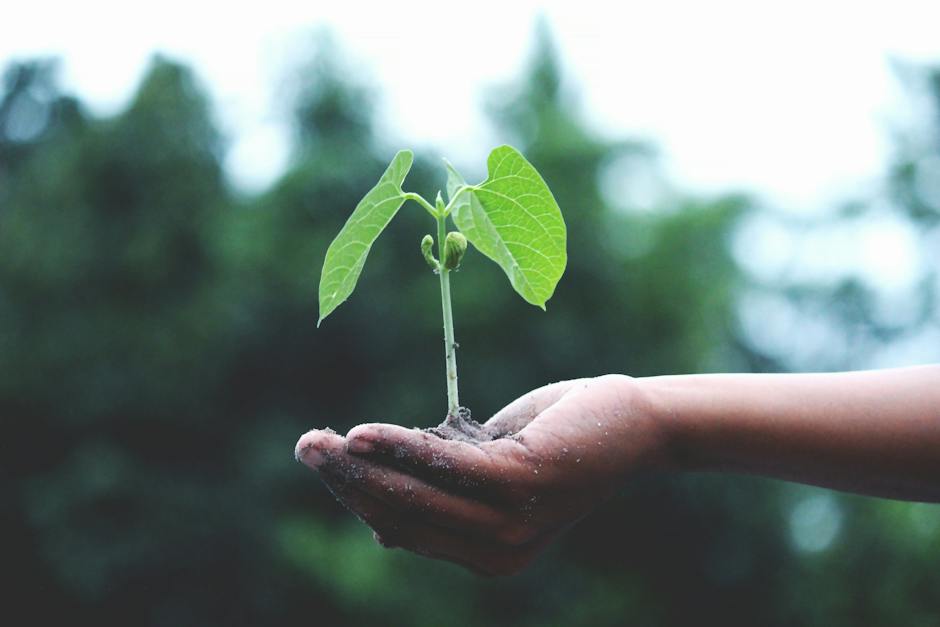What’s the Procedure for Starting a Vegetable Garden from Seeds?
Introduction
Starting a vegetable garden from seeds is a rewarding and fulfilling experience. Not only does it give you control over the quality of your produce, but it also allows you to connect with nature and enjoy the satisfaction of growing your own food. In this article, we will explore the step-by-step procedure for starting a vegetable garden from seeds, including selecting the right seeds, preparing the soil, planting the seeds, and caring for the growing plants.
Selecting the Right Seeds
Before starting your vegetable garden, it’s important to choose the right seeds for your needs and preferences. Consider factors such as climate, soil conditions, and sun exposure. Some of the best vegetable seeds for beginners include radish, lettuce, spinach, beans, peas, pumpkins, corn, and garlic. However, tomato seeds, lettuce seeds, carrot seeds, cucumber seeds, and pumpkin seeds are also great options for beginners.
Preparing the Soil
Once you have chosen your seeds, it’s time to prepare the soil for planting. Start by tilling the soil to a depth of at least 6 inches. This helps to loosen the soil and improve drainage. If needed, add compost or fertilizer to enrich the soil with nutrients. Remove any weeds or debris from the area to create a clean planting bed for your seeds.
Checking Soil Temperature
The temperature of the soil plays a crucial role in seed germination. Use a soil thermometer to measure the temperature and ensure it is suitable for the seeds you want to plant. Different vegetable seeds have different temperature requirements for germination. For example, some seeds prefer warmer soil, while others thrive in cooler temperatures.
Planting the Seeds
It’s time to plant the seeds according to their individual instructions. Some seeds can be planted directly in the ground, while others may need to be started indoors and then transplanted later. Follow the recommended planting depth mentioned on the seed packet. As a general rule, plant the seeds at a depth that is twice their size. This ensures that the seeds have enough contact with the soil for germination.
Watering and Caring for the Plants
After planting the seeds, it’s important to water the soil regularly to ensure proper moisture levels. Use a gentle spray to water the soil without washing away the seeds or damaging seedlings. Monitor the growth of the plants daily and take action against diseases or pests if necessary. Whenever possible, use natural methods to control pests and diseases. Provide appropriate sunlight, water, and nutrients to the plants as they grow to ensure healthy development.
Harvesting the Vegetables
The final step in starting a vegetable garden from seeds is harvesting the vegetables when they are ripe and ready to be eaten. Different vegetables have different maturity times, so it’s important to keep track of their growth and harvest them at the right time. Enjoy the fruits of your labor by incorporating your homegrown vegetables into delicious meals.
Conclusion
Starting a vegetable garden from seeds is a gratifying journey that allows you to connect with nature and enjoy the rewards of your hard work. By following the step-by-step procedure mentioned above, you can successfully start a vegetable garden from seeds. Remember to select the right seeds, prepare the soil, plant the seeds at the appropriate depth, provide proper care to the growing plants, and harvest the vegetables when they are ripe. Happy gardening!
Related Websites:
FAQs:
Q: What are the benefits of growing vegetables from seeds?
Growing vegetables from seeds allows you to have a wider variety of plants to choose from, as well as the opportunity to save money. It also provides a sense of satisfaction and connection to the food you eat.
Q: What are heirloom, hybrid, and genetically modified seeds?
Heirloom seeds are open-pollinated and passed down through generations, while hybrid seeds are created by cross-pollinating different varieties. Genetically modified seeds have had their DNA modified in a lab.
Q: How do I choose the right vegetables to grow from seeds?
Consider your climate, available space, and personal preferences when choosing vegetables to grow from seeds. Aim for beginner-friendly vegetables that are suitable for your region.
Q: Why is soil preparation important for successful seed germination?
Proper soil preparation ensures that seeds have the necessary nutrients, moisture, and drainage for healthy germination and root development.
Q: What are the benefits of starting seeds indoors?
Starting seeds indoors allows for an extended growing season, better control over environmental conditions, and stronger seedlings before transplanting them into the garden.






